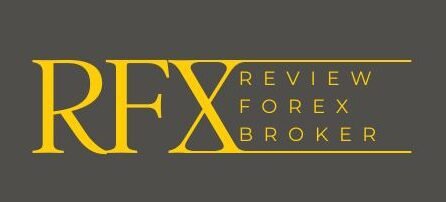Leverage is a powerful tool in forex trading, allowing traders to control larger positions with a relatively small amount of capital. While it can amplify profits, it also increases risk, making it essential for traders to understand how different brokers handle leverage settings. In this blog, we’ll explore the concept of leverage, its implications for traders, and how various forex brokers manage leverage.
What is Leverage in Forex Trading?
Leverage in forex trading refers to the ability to control a larger position in the market with a smaller amount of capital. It is expressed as a ratio, such as 100:1 or 500:1. For example, with 100:1 leverage, a trader can control a position worth $100,000 with just $1,000 of their own capital. This magnifies both potential gains and losses.
The Benefits and Risks of Leverage
Benefits:
- Increased Buying Power: Leverage allows traders to open larger positions, increasing their potential profits.
- Accessibility: With smaller capital requirements, more traders can participate in the forex market.
- Flexibility: Leverage enables traders to diversify their portfolios by allowing them to spread their capital across multiple trades.
Risks:
- Increased Losses: Just as leverage can amplify profits, it can also magnify losses. A small market movement against a leveraged position can result in significant losses.
- Margin Calls: If the market moves against a trader’s position, they may receive a margin call, requiring them to deposit additional funds to maintain their positions.
- Emotional Stress: The potential for large losses can lead to emotional decision-making, impacting trading performance.
How Different Forex Brokers Handle Leverage Settings
Leverage settings can vary significantly between forex brokers, influenced by regulations, trading platforms, and individual broker policies. Here’s a look at how some of the leading forex brokers handle leverage:
1. IC Markets
- Leverage Offered: Up to 1:500 for retail clients.
- Regulatory Influence: IC Markets offers high leverage due to its regulation under ASIC (Australia) and FSA (Seychelles), which allows for more flexible leverage options.
- Implication for Traders: The high leverage is attractive for experienced traders who understand the risks but may be daunting for beginners.
2. Pepperstone
- Leverage Offered: Up to 1:500 for standard accounts, with lower limits for professional accounts.
- Regulatory Influence: As an ASIC-regulated broker, Pepperstone can offer high leverage while ensuring compliance with risk management standards.
- Implication for Traders: Traders can choose their leverage level based on their risk tolerance, making it suitable for both novices and seasoned traders.
3. Forex.com
- Leverage Offered: Up to 1:200 for most accounts.
- Regulatory Influence: Forex.com is regulated by the CFTC and NFA in the U.S., which imposes strict leverage limits to protect traders.
- Implication for Traders: While the leverage is lower compared to other brokers, it aligns with a more conservative trading approach, especially beneficial for risk-averse traders.
4. eToro
- Leverage Offered: Up to 1:30 for retail clients and higher for professional traders.
- Regulatory Influence: As a broker regulated in the EU, eToro adheres to ESMA regulations, which limit leverage for retail clients to protect them from excessive risk.
- Implication for Traders: The lower leverage encourages responsible trading practices, making it ideal for beginners looking to minimize risk.
5. TD Ameritrade
- Leverage Offered: Up to 1:50 for forex trading.
- Regulatory Influence: Regulated by the CFTC and NFA, TD Ameritrade follows strict U.S. regulations that limit leverage.
- Implication for Traders: The conservative leverage offered emphasizes risk management, making it a good fit for traders focused on long-term strategies.
Factors to Consider When Choosing Leverage
- Experience Level: Beginners should consider lower leverage to minimize risk, while experienced traders may opt for higher leverage to maximize profit potential.
- Trading Strategy: Scalpers and day traders might prefer higher leverage to capitalize on small price movements, while swing traders may find lower leverage more appropriate for their strategies.
- Risk Management: Always consider how much capital you can afford to lose. Higher leverage can lead to significant losses, so it’s essential to implement effective risk management strategies, such as stop-loss orders and proper position sizing.
Conclusion
Understanding leverage is crucial for successful forex trading. It can enhance profits but also significantly increase risks. Different forex brokers offer varying leverage settings, influenced by regulatory requirements and individual policies. When selecting a broker, it’s vital to consider your trading experience, strategy, and risk tolerance.
Ultimately, the right leverage can help you achieve your trading goals while managing your risk effectively. As with any trading tool, education and a solid understanding of how to use leverage responsibly will empower you to navigate the forex market more effectively. Happy trading!
4o mini

